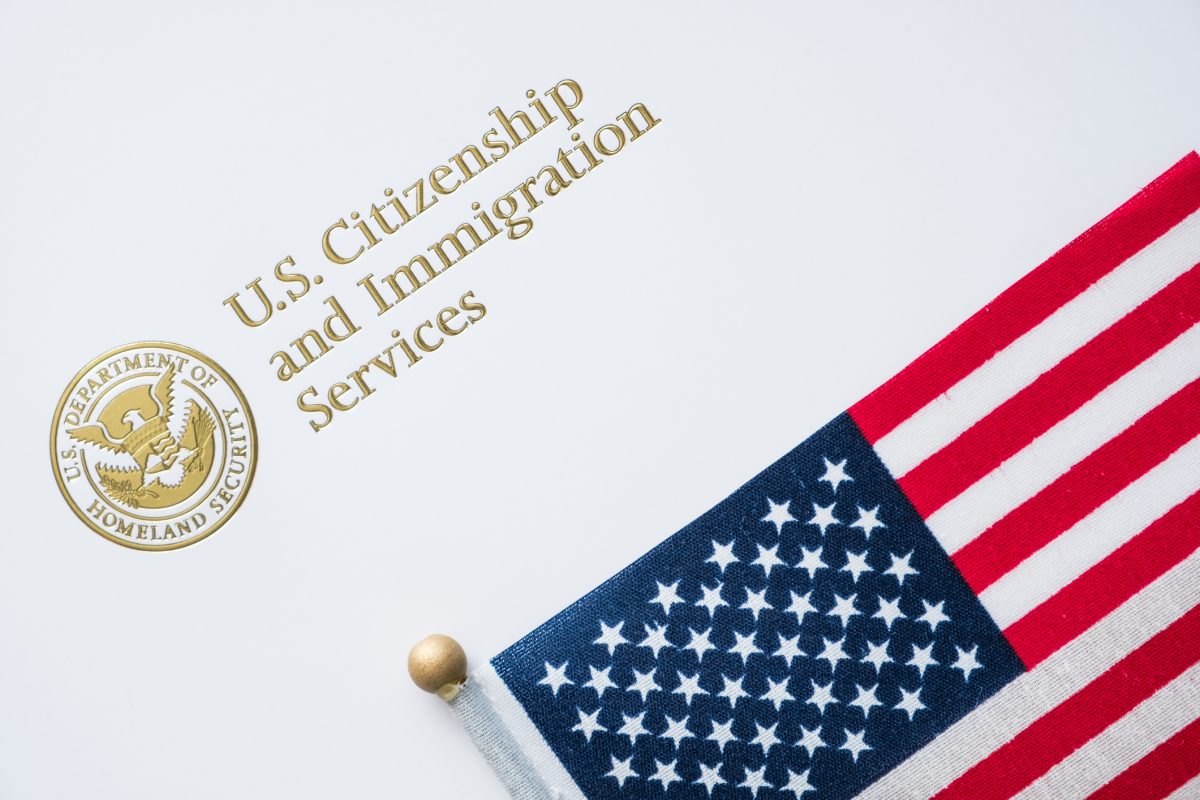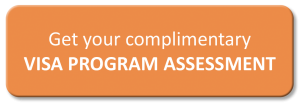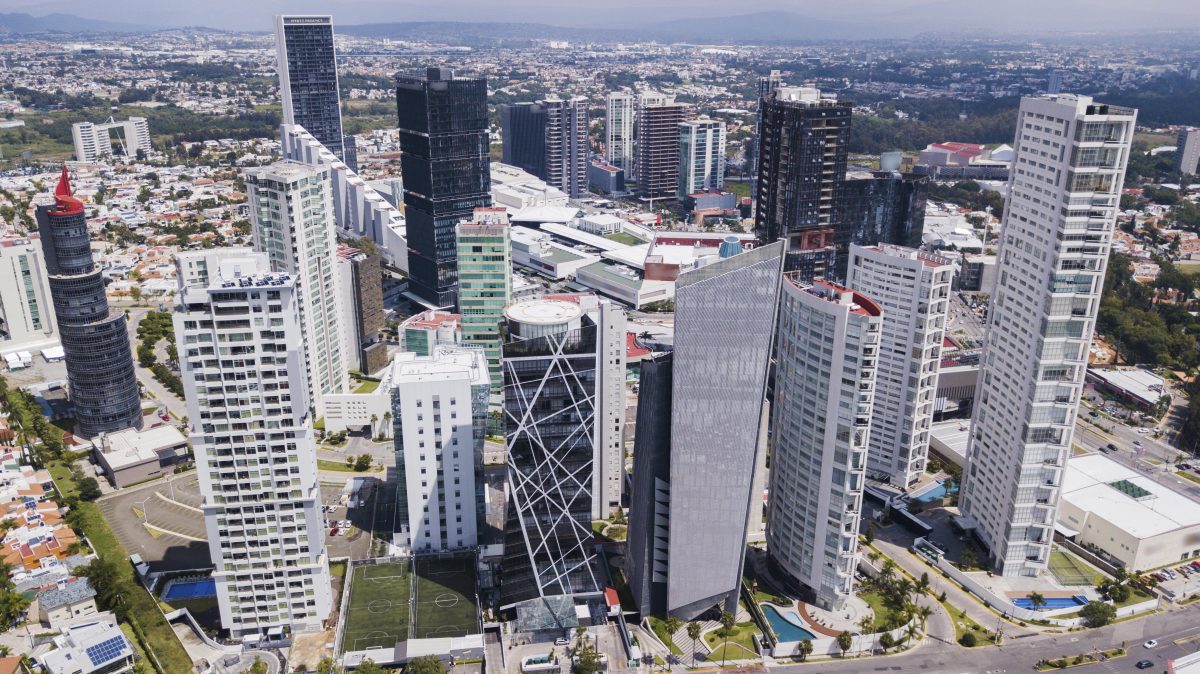How E-2 Visas are still feeling the ripple of the Pandemic
The E-2 visa, or investor visa, is a highly sought-after option for foreign investors looking to establish or grow a business in the United States. This visa permits investors and their families to reside and work in the U.S. for up to five years. Renewal of the visa is possible in five-year intervals as long as the investor’s business remains operational in the country. Each year, around 43,000 E-2 visas are granted to eligible applicants.
Even though the E-2 visa is widely used, it is more complex to obtain and requires a significant financial investment from the applicant. One of the critical criteria for the E-2 visa is that individuals must be citizens of one of the 72 countries with a valid treaty with the United States. Additionally, a minimum investment amount must be met.
To obtain an E-2 visa, the business must be actively operating, and the investor’s financial contribution must be significant. The USCIS does not set a specific minimum investment amount, but most E-2 investors invest at least $100,000 in their business. Additionally, investors cannot just be a source of funding; they must also have a vital role in the company that allows them to oversee and guide its operations. This visa requires the investor to participate actively in the business’s management and development.
Before the outbreak of COVID-19, it typically took several months to secure an E-2 visa. However, since 2020, wait times have significantly lengthened, leading to investors needing help accessing their U.S. businesses.
B-1 Visas Are an Alternative to E-2 Visas
During the visa approval process, confident investors have decided to enter the United States as business visitors. Temporary B-1 and B-2 visas are issued for individuals traveling to the U.S. for business or tourism reasons. The B-2 visa is for tourism activities like vacations or visiting family, while the B-1 visa is for business-related tasks such as meeting with business partners and discussing contracts.
Investors from Canada who do not require a visa can enter the United States without needing a B-1 visa and spend a maximum of six months in the country. On the other hand, investors from visa-exempt nations such as the European Union, Commonwealth countries, and Japan are restricted to a 90-day stay in the U.S. Additionally, individuals from non-visa-exempt countries can apply for a B-1 visa. Still, they must schedule appointments at U.S. consulates beforehand. If the visa is approved, they can stay in the U.S. for up to six months.
After Canadian investors’ B-1 visas run out in six months, they will likely be refused entry back into the U.S. This rejection is due to an unofficial policy that bars Canadians from staying in the U.S. for over six months a year. Investors from other visa-exempt nations encounter comparable regulations. Once their B-1 visa expires in 90 days, they may have the option to re-enter the U.S. a couple of times, but there is a restriction on the duration of time they can stay in the country.
Experts in immigration law are advocating for E-2 visa candidates to be granted the ability to remain in the United States for a maximum of one year, possibly extending for an additional six months. The option of an 18-month provisional stay would benefit investors who require time to oversee their business operations in the U.S. while awaiting in-person interviews overseas. This interim measure aims to alleviate the challenges foreign investors face during the delays in E-2 visa processing times.
We're Here to Help! Request a Courtesy Visa Program Consultation
Properly managing a visa and immigration program involves meticulous coordination, precise communication, and worldwide interaction with government agencies, corporate personnel, and relocating employees.
At GMS, we provide you with peace of mind in knowing your mobility program is fully compliant and being managed by the best in the industry.
Request a no-pressure, courtesy consultation from a GMS Mobility Pro. We’ll be in touch within 1 business day.










